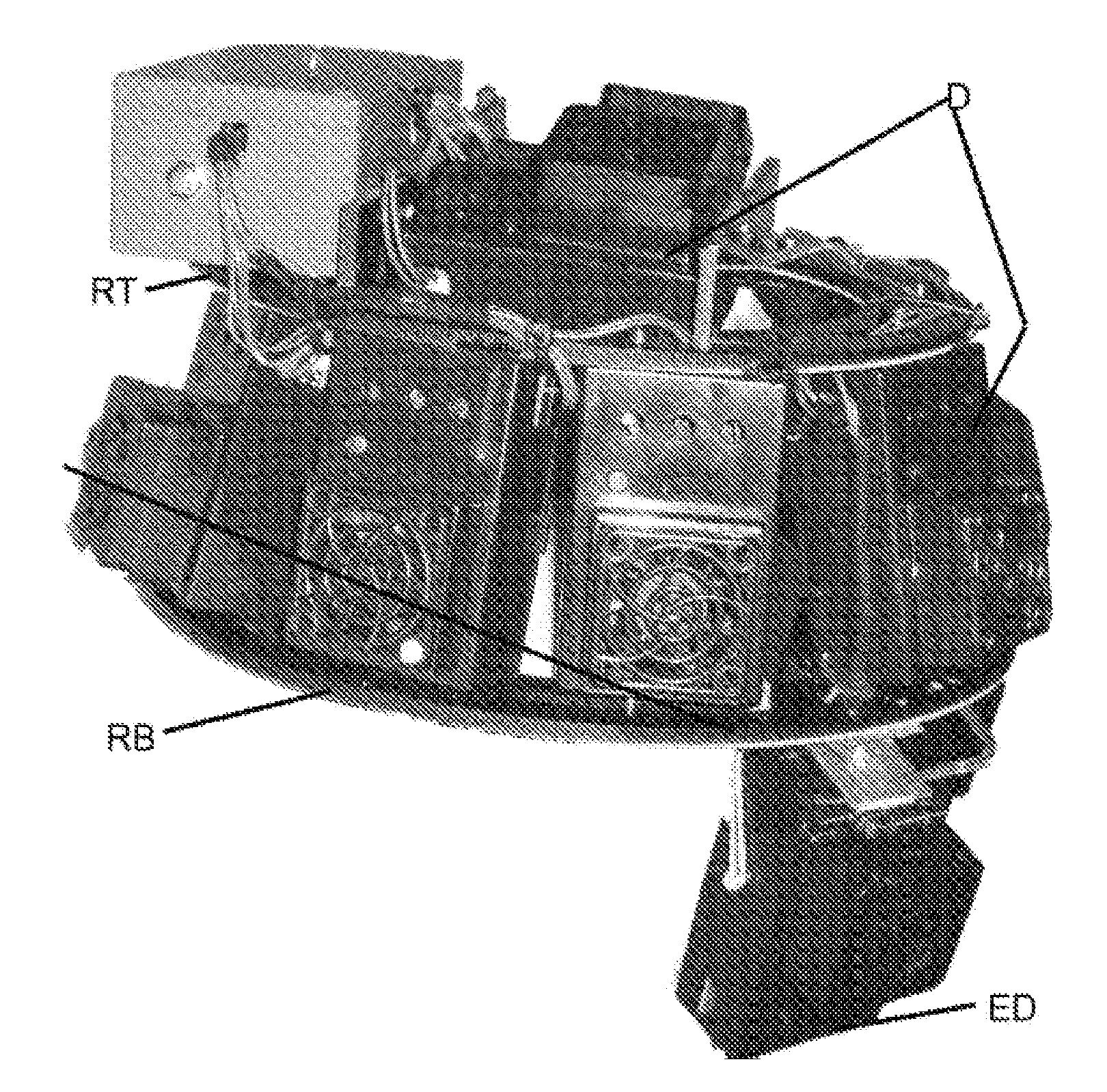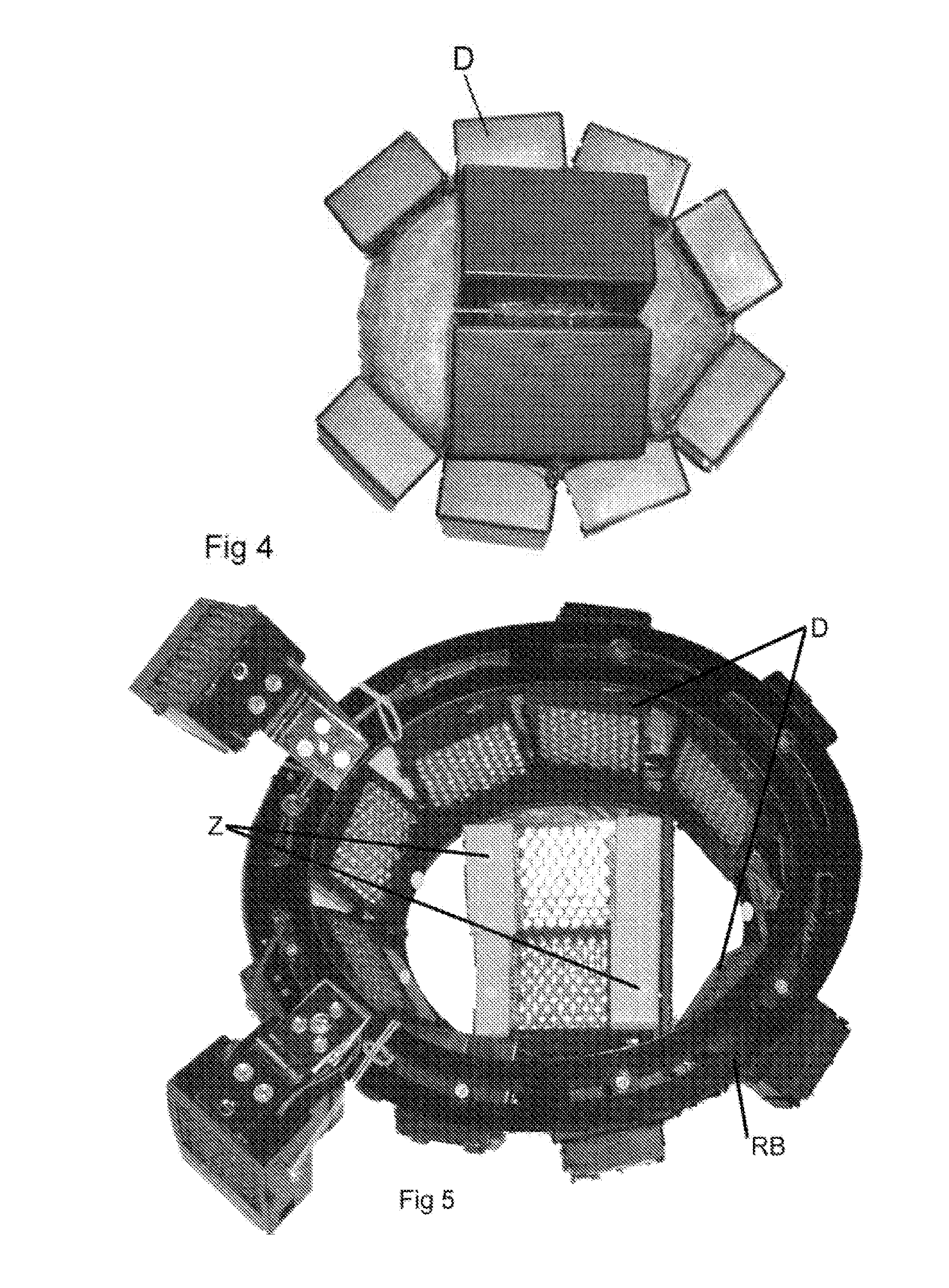Phototherapy Apparatus
a technology of phototherapy and apparatus, which is applied in the field of phototherapy apparatus, can solve the problems of insufficient versatility of adjustable head gear, inability to effectively deliver therapeutic light to the target area, and inability to target tissues with phototherapy. achieve the effects of improving neurofeedback training, memory, sexual function and general tiredness or malais
- Summary
- Abstract
- Description
- Claims
- Application Information
AI Technical Summary
Benefits of technology
Problems solved by technology
Method used
Image
Examples
example 1
[0097]Amyloid and neuroprotection, laboratory experiments were conducted and have demonstrated unequivocally the neuroprotective effect of 1072 nm light. Data has shown the ability of the 1072 nm light to inhibit amyloid formation which is well documented to be pathognomic of Alzheimer's Dementia.
[0098]4 patients who had benefited marginally from prior treatment with 1072 nm, were treated again with the customised transdermal applicator of the present invention, all demonstrated a marked improvement of the therapeutic effect of 1072 nm light. Results show that the physical design of the improved applicator is crucial to the improved efficacy. Most importantly compliance was improved significantly as the cognitively impaired individual was able to use the technology without the presence or input of a care giver.
example 2
[0099]Four patients with Picks disease were successfully treated with a mechanically adjustable 1072 nm helmet with a degree of success. At least one care provider was needed to apply the mechanically adjustable helmet which had adverse compliance effect in the event the carers were otherwise delayed. Not only was the compliance improved but there was an improvement of the cognitive function with the customised TPD, the MMSE score improved by 1-2 points over a period of 3 months in all cases.
example 3
[0100]Six patients with Alzheimer's dementia were treated with the improved customised device of the present invention, all of whom had not responded to the mechanically adjustable 1072 nm applicator. It was found that all the individuals were able to treat themselves and responded favourably to the concept. This improved compliance and hence efficacy of the delivery of the 1072 nm light.
PUM
| Property | Measurement | Unit |
|---|---|---|
| peak wavelength | aaaaa | aaaaa |
| peak wavelength | aaaaa | aaaaa |
| wavelengths | aaaaa | aaaaa |
Abstract
Description
Claims
Application Information
 Login to View More
Login to View More - R&D Engineer
- R&D Manager
- IP Professional
- Industry Leading Data Capabilities
- Powerful AI technology
- Patent DNA Extraction
Browse by: Latest US Patents, China's latest patents, Technical Efficacy Thesaurus, Application Domain, Technology Topic, Popular Technical Reports.
© 2024 PatSnap. All rights reserved.Legal|Privacy policy|Modern Slavery Act Transparency Statement|Sitemap|About US| Contact US: help@patsnap.com










